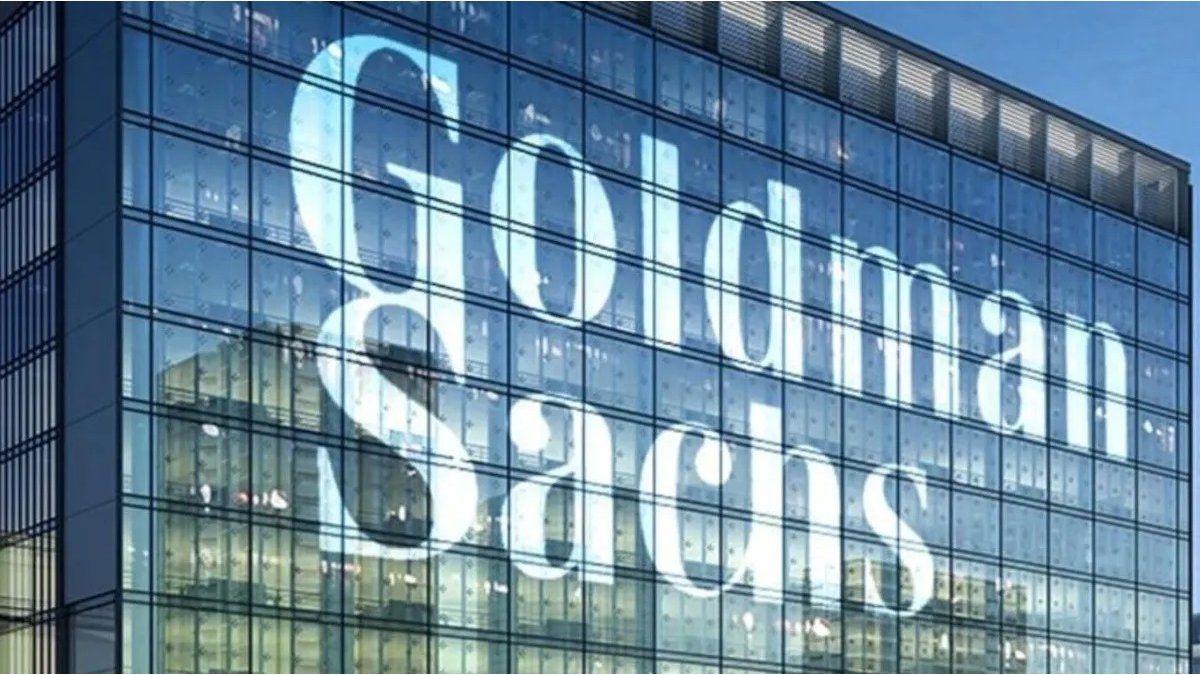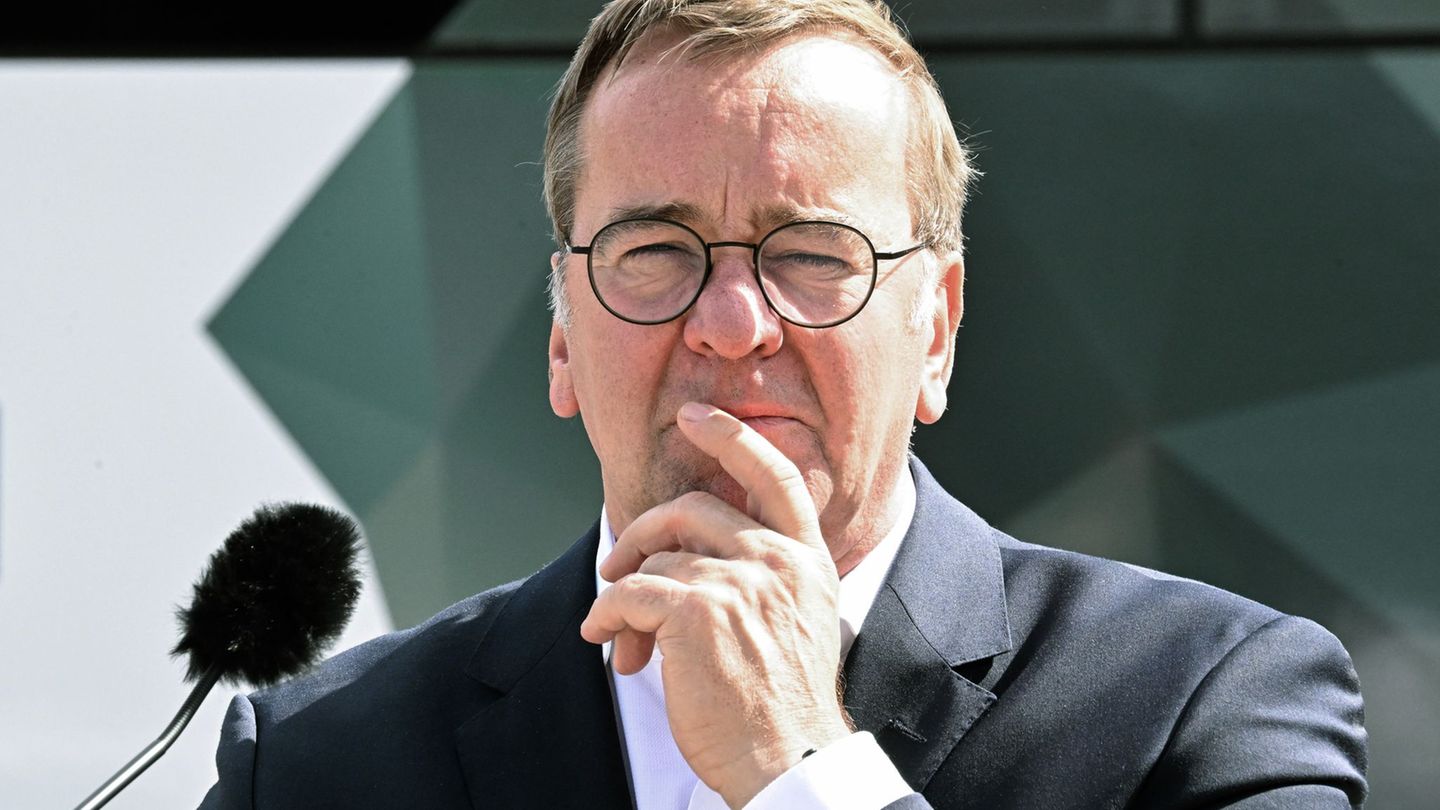Assuming these projections as valid, we wanted to see how the evolution of the EMAE (Monthly Estimator of Economic Activity), published by the INDEC, would look, which allows us to anticipate the variation rates of the quarterly GDP. Currently the EMAE is informed until August of this year. The index would be as follows:
image.png
According to these estimates, we can see how the economy would begin to slow down from the third quarter. The fact that the statistical carryover is negative for next year means that, If the evolution of the main variables remains the same during 2023 as they were in 2022, 2023 would contract 1.8%.
The evolution of the economy should be highly favorable to show a positive variation rate, since it would have to offset the negative impact of the previous year, a situation that we see as highly unlikely, considering that we are facing an election year. For this reason, a contraction of the economy of the order of 3.0% is expected for next year.
If the macro and microeconomic disorder persists, the Argentine economy is guaranteed a weak performance, high volatility and uncertainty, and stagnation or decline in productivity and income.
Although Sergio Massa’s objective as Minister of the Economy was to put public accounts in order and stabilize the economy, the positive results that Massa’s program has been showing are transitory because they are based on isolated decisions that do not generate substantive solutions to the structural problems of the country. For this reason, the government that assumes the presidency next year, regardless of the political party, must redouble the adjustments during 2024.
As if the internal situation were not enough, the international context does not help either. The generalized recession of the world’s main economies, as well as the tightening of monetary policies to control inflation, act as anchors that push the country into a downward scenario.
Speaking of inflation, the inflation figure for the United States was recently released, which was lower than the previous month. In year-on-year terms, it rose to 7.7%, below the 8.2% in September and the expected 8.0%, which confirms the slowdown in the rise in prices. The monthly CPI rose 0.4%, the same as in September and below the 0.6% expected for October. These data would confirm the tendency for the Federal Reserve to increase the interest rate by 50 basic points, instead of 75 basic points, as some analysts pointed out.
Closed doors, we will know the inflation data next Tuesday, November 15. Although it was believed that it could be between 6.0% and 7.0%, it is currently expected to be closer to 7.0%. Days ago we learned the inflation data for the City of Buenos Aires, data that allows us to anticipate the national data. Although they do not usually coincide, the National CPI is generally 0.2 percentage points above or below CABA inflation. In this case, inflation in the City of Buenos Aires was 6.8%, so the National CPI could range from 6.6% to even exceed 7.0%.
In a television report, Sergio Massa declared that the objective of his management is to lower inflation for next year. In line with this objective, he expressed that the plan is to reach a monthly inflation of 3.0% by December 2023. Let us remember that in the National Budget they established an inflation of 60.0% for the entire year 2023. According to Sergio Massa himself, said value it is an optimistic goal. According to the rest of the market, it is practically impossible to achieve considering that this year we would end up with inflation above 100.0%.
The million dollar question is whether we will be able to resume a path towards normality in 2024. The task of the next government should be to reorder the economy, designing a program that stimulates growth, taking into account the reduction of the inflation rate. The proposed scenario assumes that a series of measures will be taken in this direction, including the necessary financial agreements to free up the foreign exchange market, which would lead to a new level of the exchange rate and its stabilization, quickly tending to close the gap. Inflation would begin to ease gradually in the second part of the year. Under these premises, the economy would grow in 2024.
Source: Ambito




